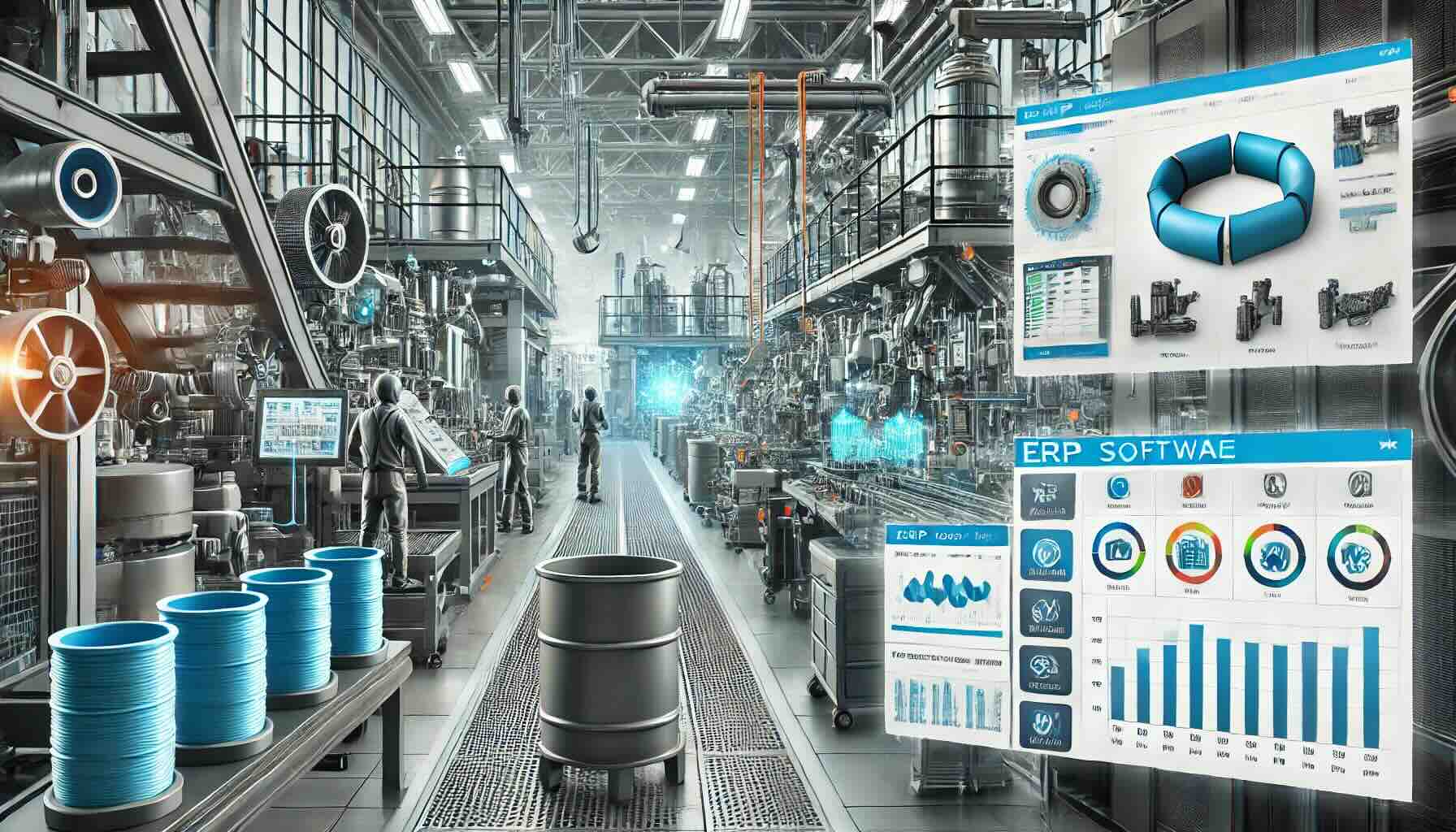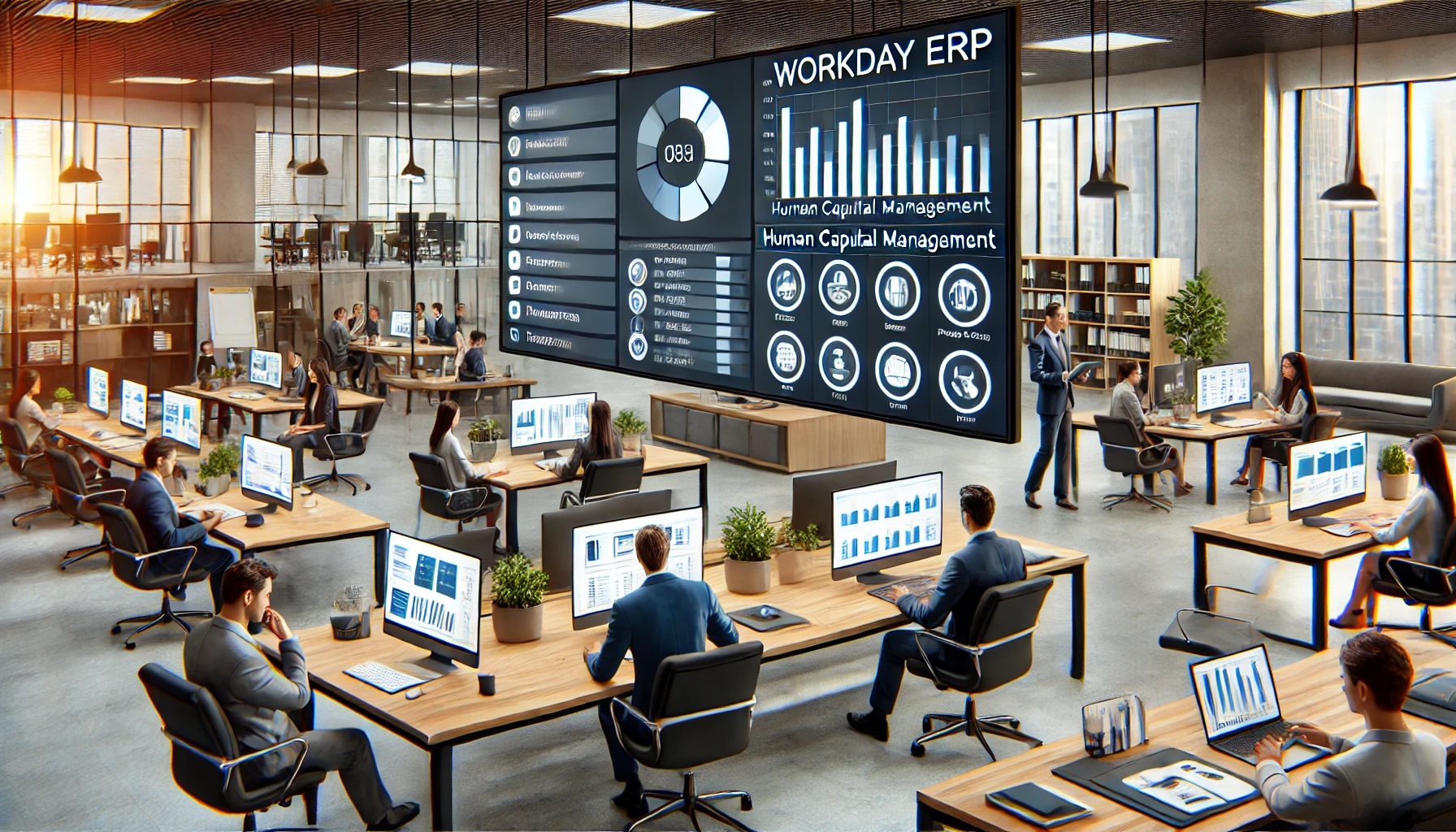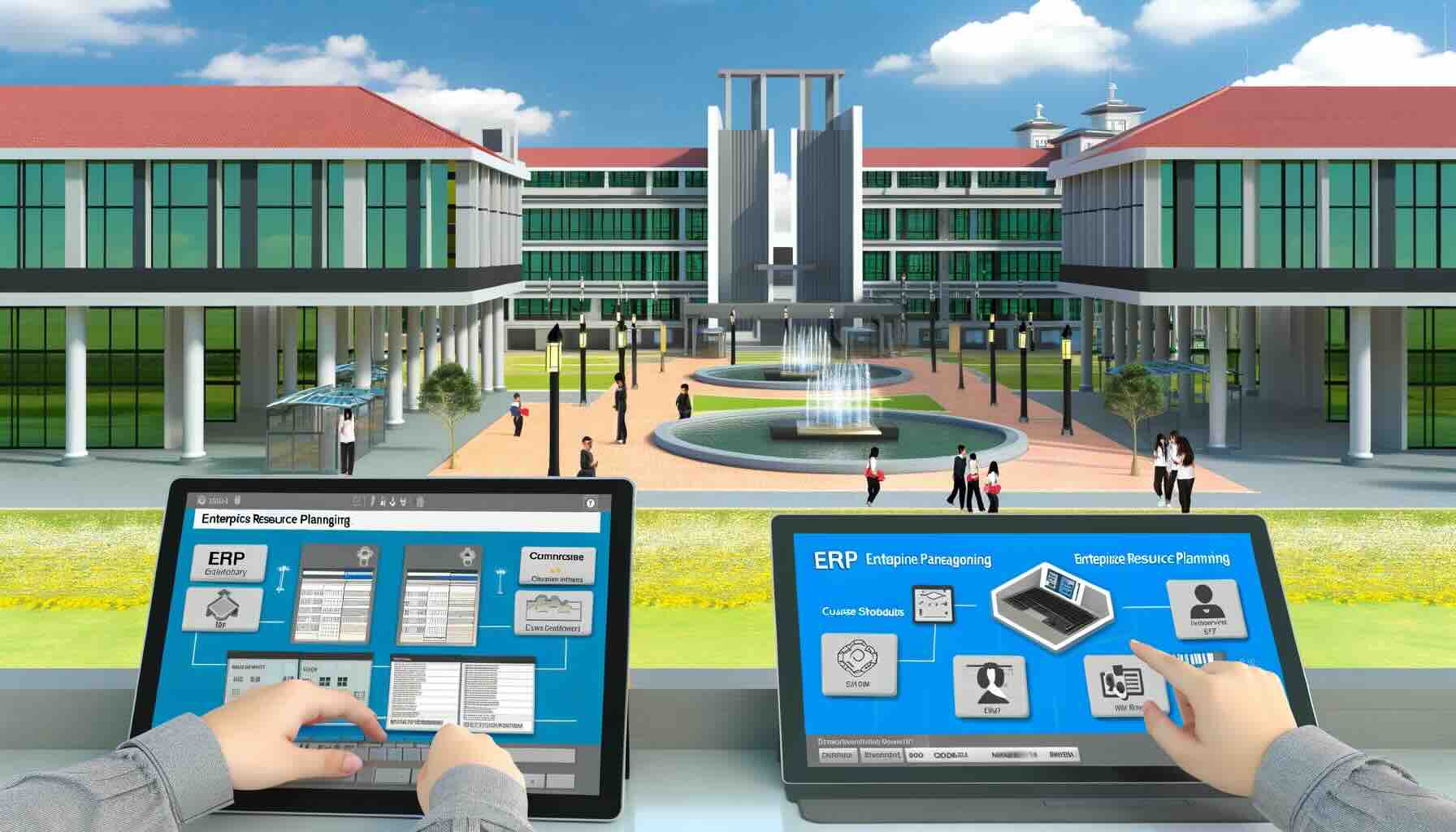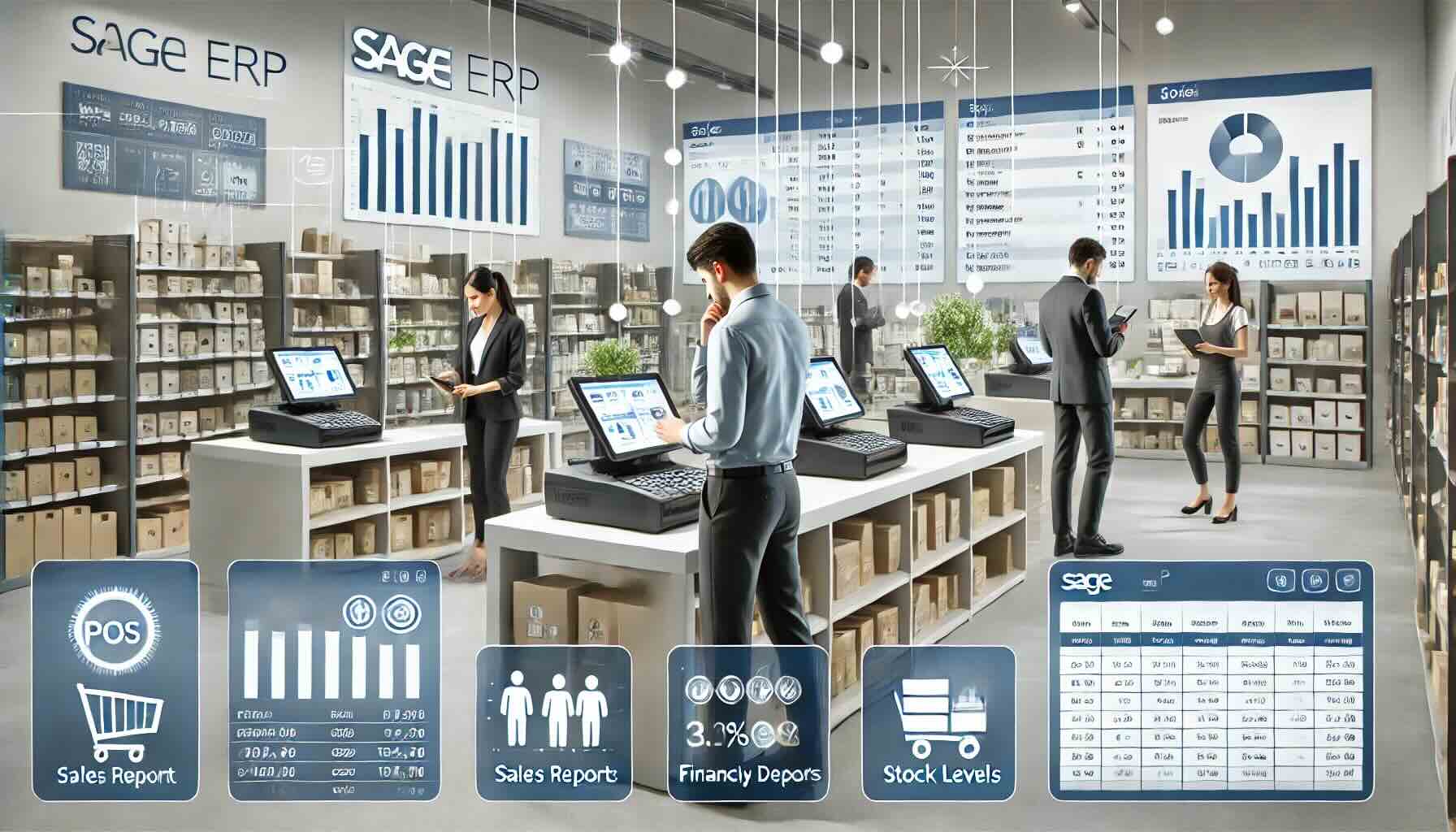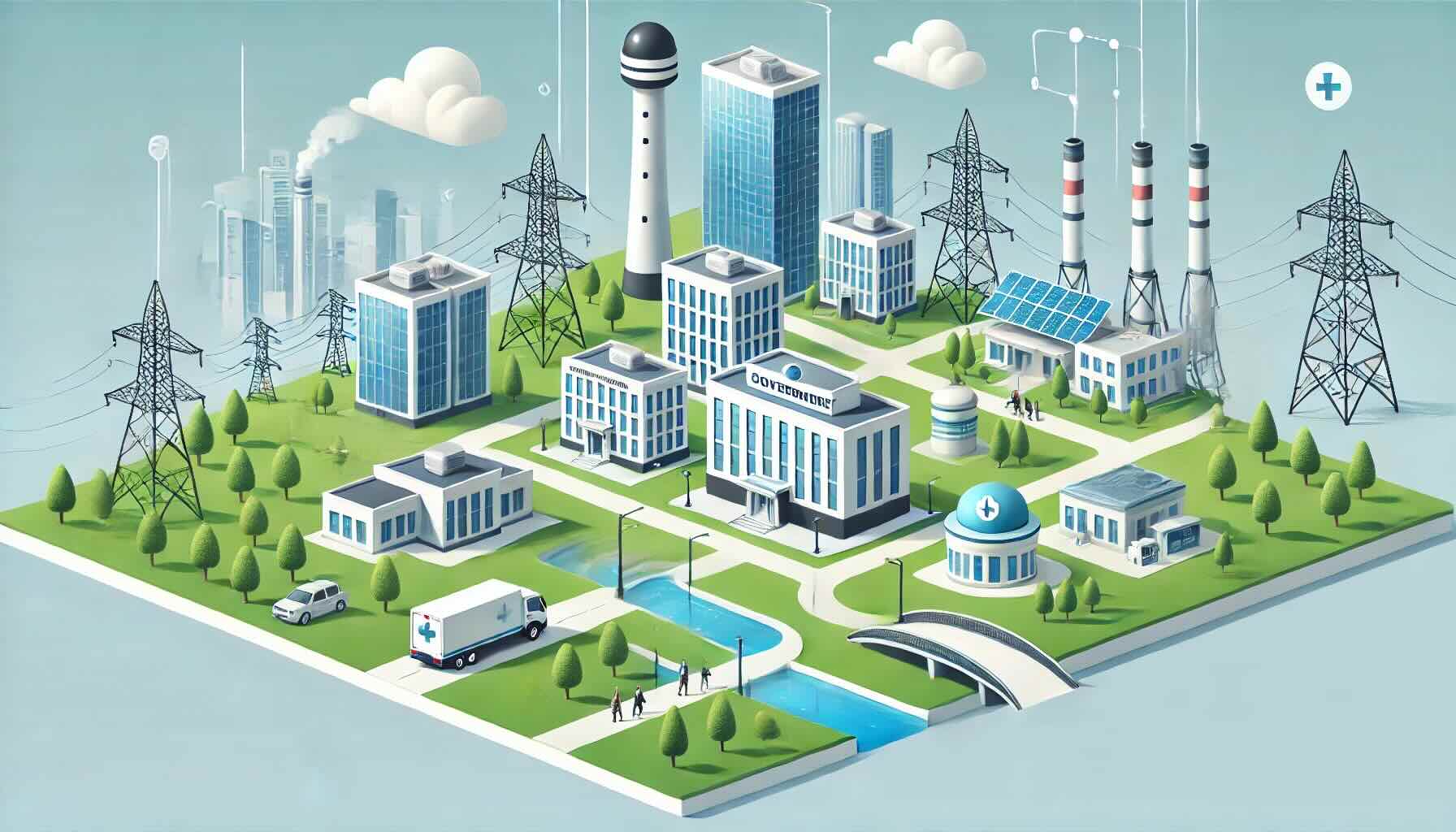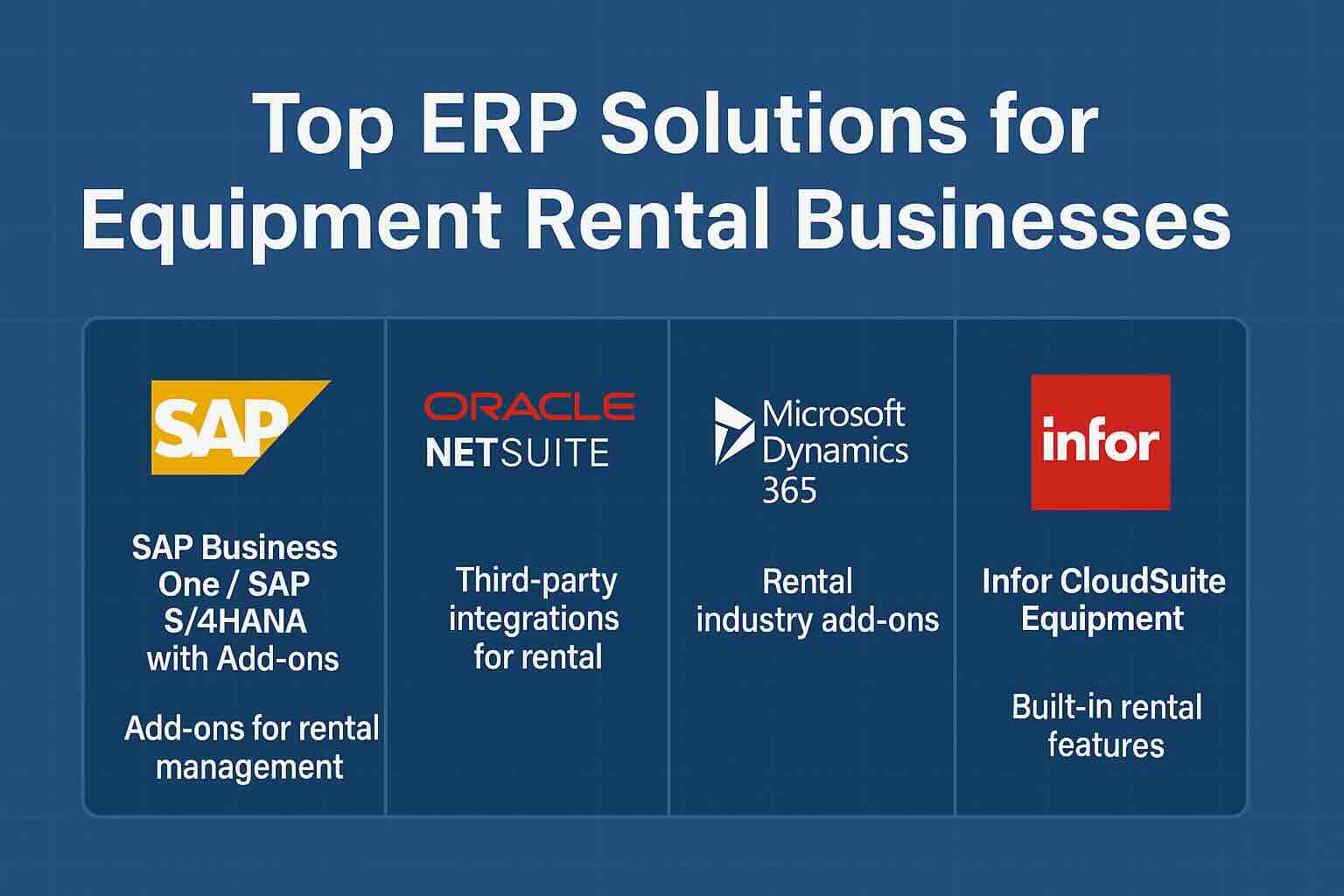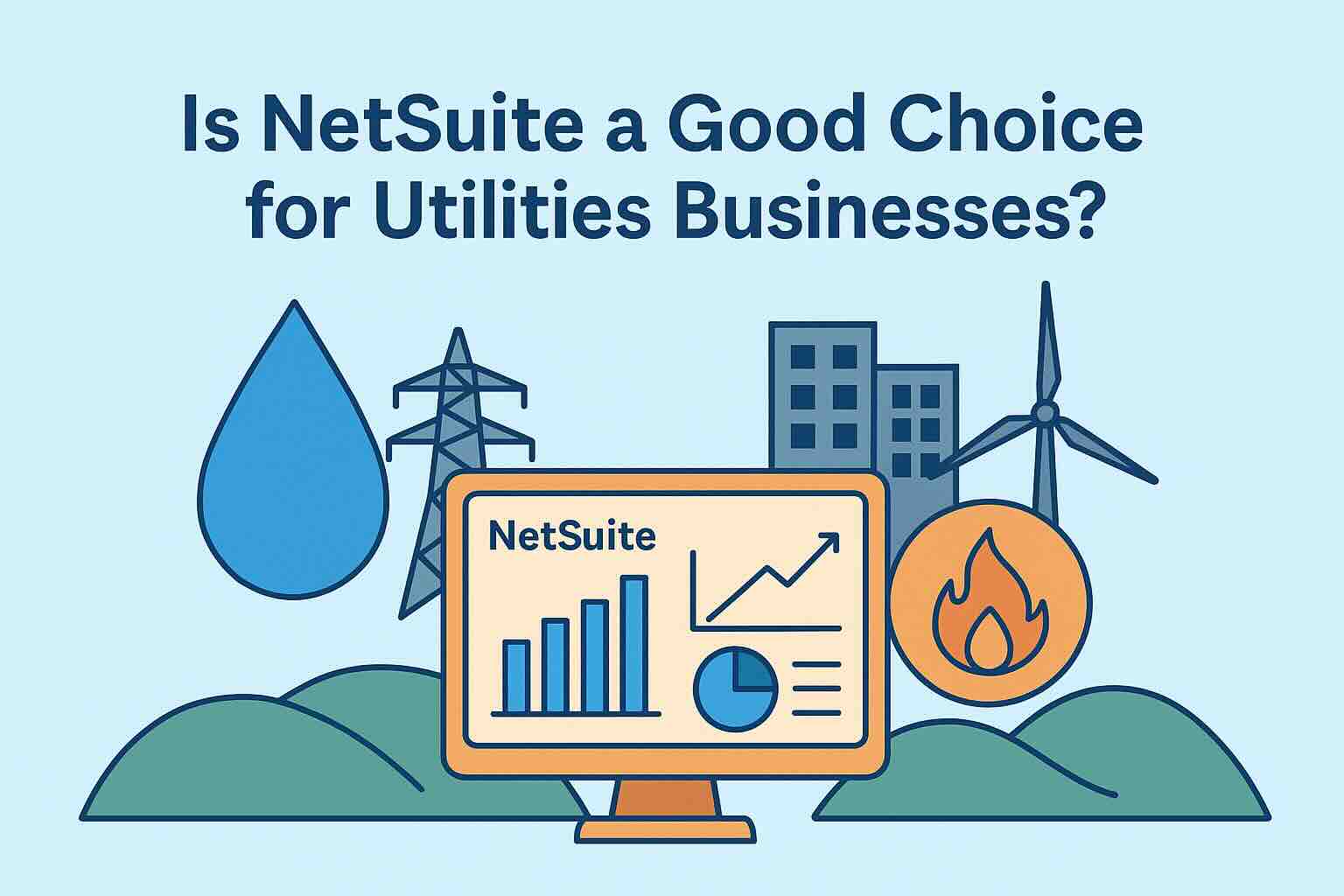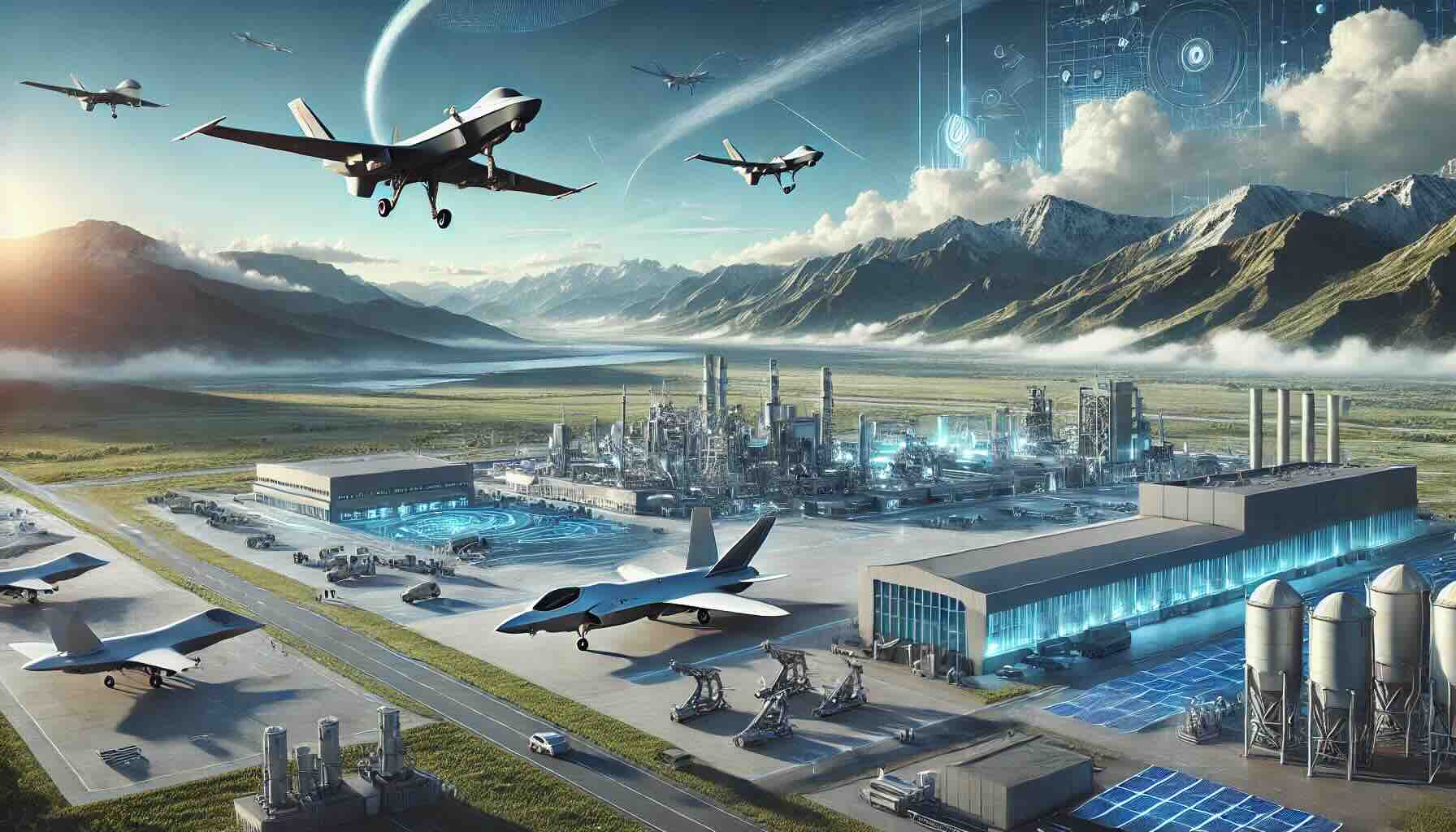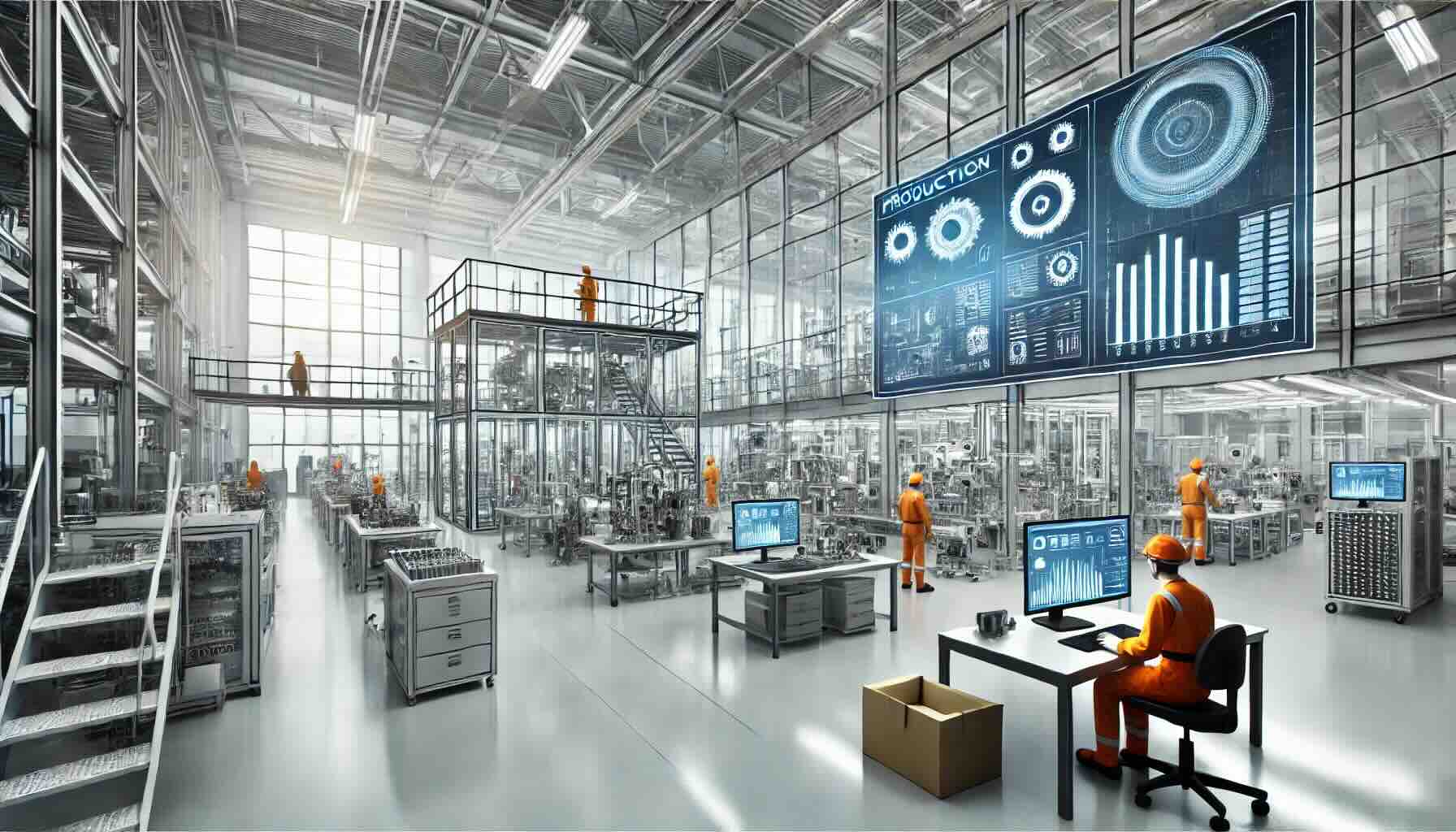Is SAP S/4HANA a Good ERP for the Food and Beverage Industry?
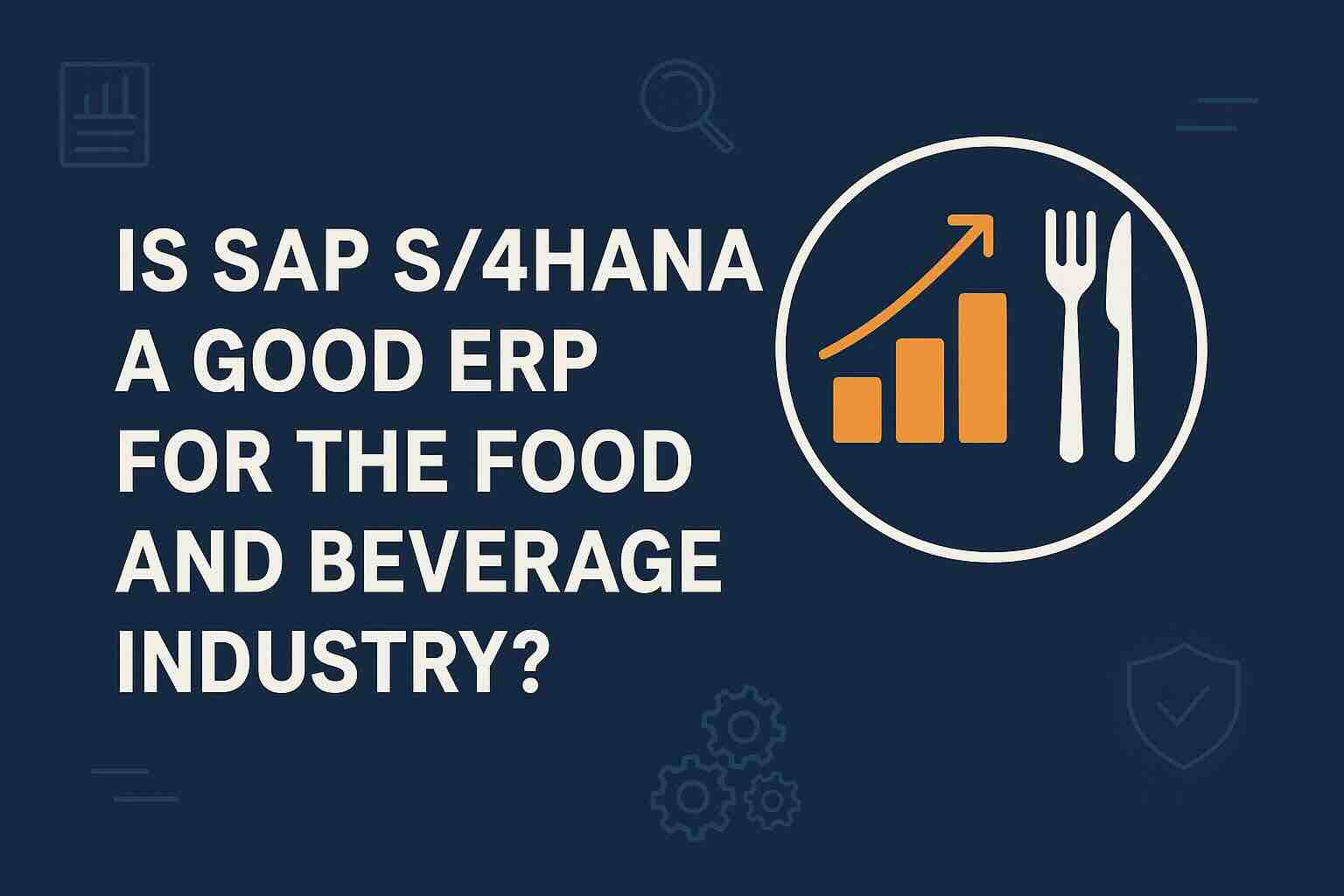
The food and beverage sector is one of the most dynamic, highly regulated, and competitive industries in the world. Companies must manage complex supply chains, strict quality standards, and rapidly changing consumer preferences, all while keeping costs under control. This is why many organizations turn to modern Enterprise Resource Planning (ERP) systems. Among the available solutions, SAP S/4HANA for food and beverage stands out as a leading option. But is it really the right ERP for your business? This article reviews the strengths, challenges, and practical considerations to help you decide.
Why ERP Matters in Food and Beverage
Food and beverage businesses operate under unique pressures: seasonal demand, perishable inventory, traceability requirements, and intense price competition. An ERP platform integrates core processes such as procurement, production, quality control, warehousing, and distribution. When chosen carefully, the right system can deliver real-time visibility, improve compliance, and support rapid scaling into new markets.
Strengths of SAP S/4HANA for Food and Beverage
1. Comprehensive, Industry-Specific Functionality
SAP S/4HANA offers end-to-end process coverage for manufacturing, distribution, finance, and quality management. For the food and beverage sector, it includes batch and lot tracking, shelf-life management, recipe and formulation control, and compliance reporting. In addition to its built-in modules, SAP has a broad partner ecosystem providing “last-mile” extensions such as empties management for beverage producers, excise duty handling, and specialized logistics add-ons.
2. Real-Time Data and Embedded Analytics
Built on the in-memory SAP HANA database, S/4HANA delivers real-time updates on inventory, production runs, and supply chain activities. This helps food manufacturers react quickly to demand spikes, supply disruptions, or quality issues. Embedded analytics, dashboards, and predictive tools provide actionable insights into costs, yields, and customer preferences—critical for optimizing margins in a low-tolerance industry.
3. Regulatory Compliance and Traceability
Food safety and labeling laws vary by region and are constantly evolving. SAP S/4HANA for food and beverage includes robust compliance management, enabling companies to trace ingredients from supplier to end product, document quality checks, and generate mandatory reports. This reduces the risk of costly recalls or fines and strengthens consumer trust.
4. Scalability and Global Reach
Whether you’re a small artisanal producer or a multinational brand, SAP S/4HANA can scale with your operations. Its cloud, private cloud, and on-premise deployment options allow you to select the model that fits your budget and IT capabilities. Many global food and beverage leaders use S/4HANA to manage multi-plant, multi-currency, and multi-language operations on a single platform.
5. Integration with Emerging Technologies
SAP continues to invest in Internet of Things (IoT), sustainability, and AI features. Food and beverage companies can connect shop-floor sensors for temperature control, integrate blockchain for supply-chain transparency, or use machine learning to predict demand. These innovations help businesses stay ahead of competitors and regulatory changes.
Challenges of SAP S/4HANA for Food and Beverage
1. High Total Cost of Ownership
Implementing S/4HANA is a major investment. Licensing fees, partner add-ons, data migration, and ongoing support costs can add up quickly. While subscription-based cloud editions may lower upfront costs, they introduce recurring expenses that must be budgeted carefully.
2. Complex Implementation and Migration
Moving from legacy systems—or even from older SAP ECC versions—to S/4HANA involves extensive planning, data cleansing, and process reengineering. Underestimating the complexity can delay go-live dates and erode projected benefits. Strong project governance and experienced consultants are essential.
3. Customization vs. Standardization
Although the system offers rich functionality, some food and beverage businesses have very specialized processes. Customizing S/4HANA can be resource-intensive and may complicate future upgrades. SAP encourages “fit-to-standard” approaches, but not all organizations find this realistic.
4. User Training and Change Management
Because S/4HANA is feature-rich, employees face a learning curve. Comprehensive training and change-management programs are vital to ensure adoption. Without them, even the most advanced ERP will deliver poor ROI.
5. Security and Continuous Updates
As with any large enterprise platform, keeping S/4HANA patched and secure is an ongoing responsibility. Recent high-severity vulnerabilities highlight the need for disciplined update processes, especially when integrating with IoT devices or external partners.
Key Considerations Before Choosing SAP S/4HANA
-
Deployment Model: Decide between public cloud, private cloud, or on-premise based on your IT strategy, customization needs, and regulatory environment.
-
Partner Ecosystem: Identify which add-ons you’ll need for niche processes such as beverage container management, sustainability reporting, or cold-chain logistics.
-
Budget & ROI: Conduct a realistic total-cost-of-ownership analysis, including migration, training, and long-term support – not just licensing.
-
Timeline & Resources: Make sure you have internal champions and external consultants with food and beverage experience.
-
Future Roadmap: SAP regularly updates its “simplification list” and sunset features. Understanding these changes will help you avoid surprises later.
Conclusion
SAP S/4HANA for food and beverage offers one of the most comprehensive ERP solutions on the market. Its strengths, real-time analytics, industry-specific functionality, compliance tools, scalability, and integration with new technologies – make it attractive to companies that want to modernize operations and gain a competitive edge.
At the same time, the platform’s high cost, complex migration path, customization challenges, and training requirements mean it is not a plug-and-play solution. Success depends on careful planning, adequate budgeting, and choosing the right deployment model and implementation partners.
Ultimately, whether SAP S/4HANA is the best ERP for your food and beverage business will depend on your size, strategic goals, and willingness to invest in a thorough rollout. By evaluating these factors up front, you can make an informed decision and position your company for sustainable growth in a demanding market. To find out more about SAP S/4HANA you can visit this link.
Compare and Find the Right ERP for Your Business
Implementing the right ERP system could be the game-changer your business needs. With our AI-powered Compare ERP tool, you can effortlessly explore and compare solutions tailored to your unique business needs. Our advanced engine analyzes millions of data points across 100+ ERP solutions, delivering your top three picks based on your business priorities. Best of all, it’s completely free. Take the first step toward streamlining operations and boosting productivity – start comparing today!
